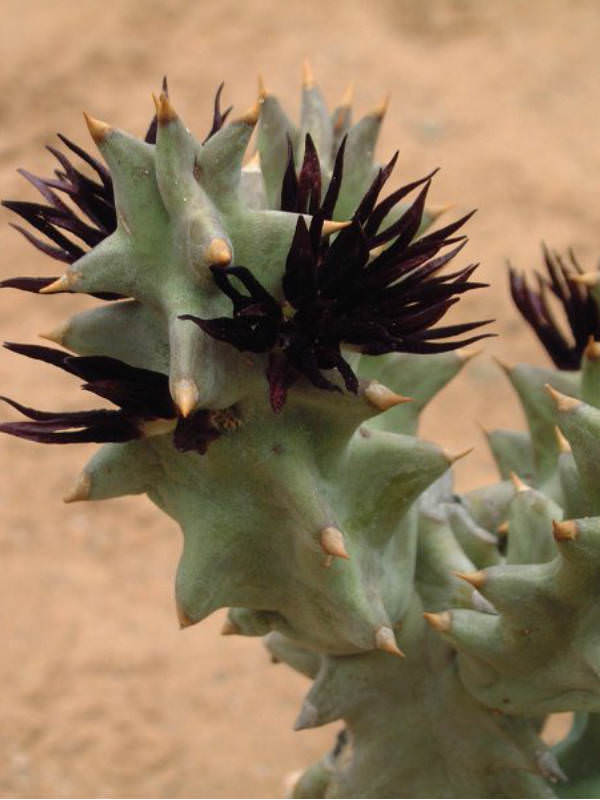

#Shinbum quaqua situ skin
It should be treated before invasive cancer develops, especially in transplant recipients, who may develop more aggressive skin cancers. Newton “Etymological Dictionary of Succulent Plant Names” Springer Science & Business Media, 29 June 2013ġ0) J.A.Squamous cell carcinoma in situ (SCCIS) is thought to be a precursor to squamous cell carcinoma.
#Shinbum quaqua situ manual
Suzanne Cubey “The European Garden Flora Flowering Plants: A Manual for the Identification of Plants Cultivated in Europe, Both Out-of-Doors and Under Glass” Cambridge University Press, 11 August 2011ĩ) Urs Eggli, Leonard E.

“Stapeliads of Southern Africa and Madagascar”. “Medicinal plants 2” PROTA, 2013ĥ) Doreen Court “Succulent Flora of Southern Africa” CRC Press, 01 June 2000ħ) Bruyns, P.V. National Assessment: Red List of South African Plants version 2015.1. “Plants of the Klein Karoo” Umdaus Press, Hatfield.ģ) Victor, J.E. Brown "Flora Capensis" Vol 4, page 518, (1909)Ģ) Vlok, J. The corona is variable, especially in the length of the erect tips of the inner lobes.īibliography: Major references and further lecturesġ) N. Inner corona-lobes 1-1.5 mm long, subulate or linear, acute to truncate, incumbent on the backs of the anthers and exceeding them, apically meeting and ascending in a curved manner over the style head with more or less connivent-erect tips and a short dorsal projection at the base, adnate to the outer corona and forming 5 of its teeth, dark purple-brown. Outer corona about as long as the staminal column, cupular, 10–15-bi- or trifid, appendages deltoid, glabrous, dark purple-brown. Corolla lobes purple to reddish-black, erectly spreading, 12-20 mm long, about 4-7 mm broad at the base, thence gradually tapering to a very acute apex, longitudinally folded outwards, with revolute margins, inside usually papillose, papillae with an apical horizontally curved thick hair. Corolla campanulate, 20-27 mm in diameter, glabrous and pale green outside, with the tips, margins and a stripe down the middle of the lobes and some dots on the tube very dark purple-brown inside minutely papillate-setulose on the lobes and upper part of the tube, rich velvety black-purple on the lobes, pale yellowish dotted with blackish purple in the tube, which is 3-6 mm long and as much in diameter. Sepals 2-4 mm long, ovate, acuminate, glabrous. Pedicels 2-3 mm long, glabrous, holding the flower horizontally. Inflorescence: Flowers in fascicles of 4–15 or more, along the grooves between the angles, usually near the stem tips in the upper 2/3 of the stem.įlowers: Flowers bisexual, regular, 5-merous.

Leaves: Rudimentary, forming the tubercle tooth stipular denticles absent. Tubercles 5-20 mm long, conical, spreading, fused near base into the irregularly arranged angles, glabrous, light green, faintly glaucous, armed with stout, yellowish, hard-pointed acute spines 6-12 mm long, with the apical half of the spines brown. Branches, erect, glabrous, green, sometimes mottled with purple-brown, 15–50 cm tall and 18–36 cm thick, very variable, short and very compact, sometimes with robust tubercles, or slender-stemmed, irregularly or spirally 4–6-angled. Stems: Branching from a single, central stem, erect from base. The inner lobes are shortly erect, incumbent on the anthers, and exceed them.The odour of the flowers is extremely disagreeable.ĭerivation of specific name: The name refers to the stout tubercles with brown apices (From Lat. The corona is stipitate (held on a stalk), dark purple-brown, The outer lobes are erect, bifid, fused to the bases of the inner lobes that form pouches. The corolla is 20-27 mm across, the tube is yellow and purple-spotted. Bunches of 3-15 velvety purple-brown flowers appears in autumn in the upper 2/3 of the stem, and open simultaneously, but are seldom seen in culture. The leaves are transmuted into hard thorns. Description: Quaqua mammillaris is a much-branched, robust succulent shrub, up to 50 cm high, and 50-70 cm across, branched in a bushy manner which root from the primary stem only.


 0 kommentar(er)
0 kommentar(er)
